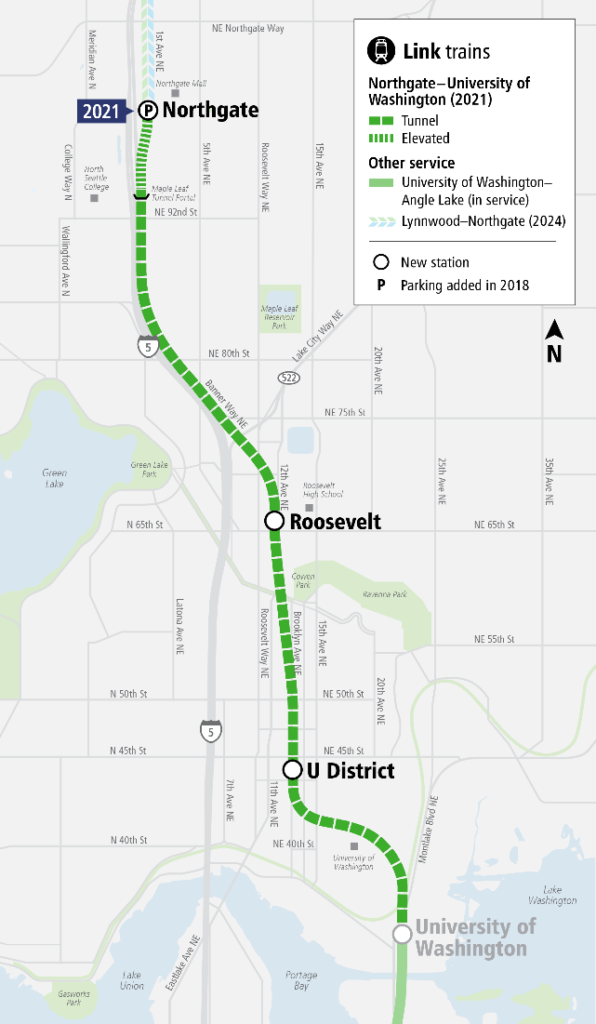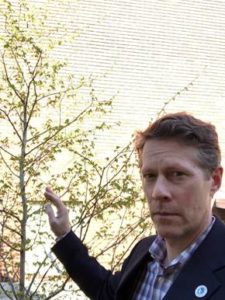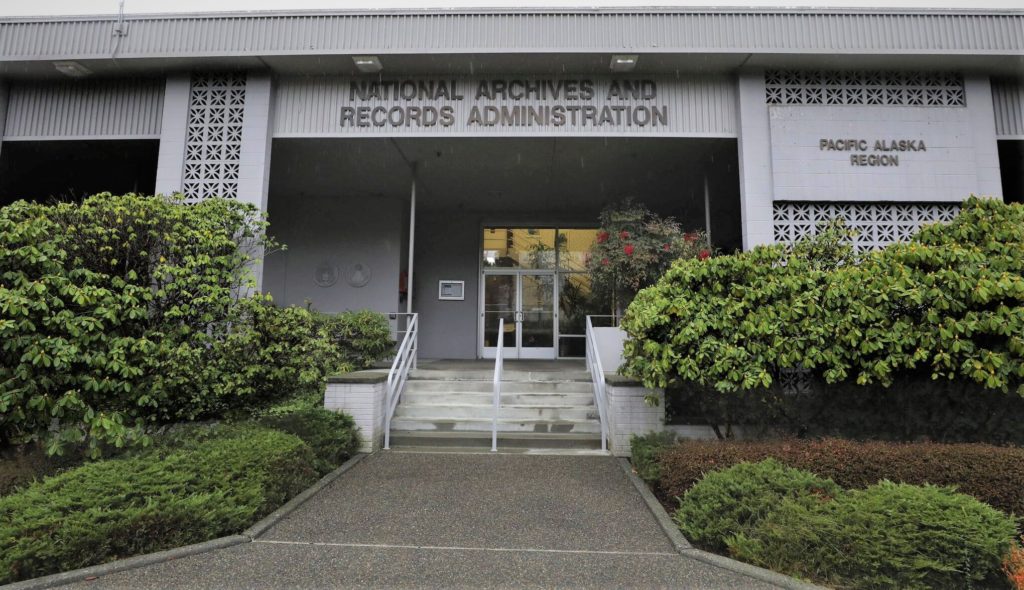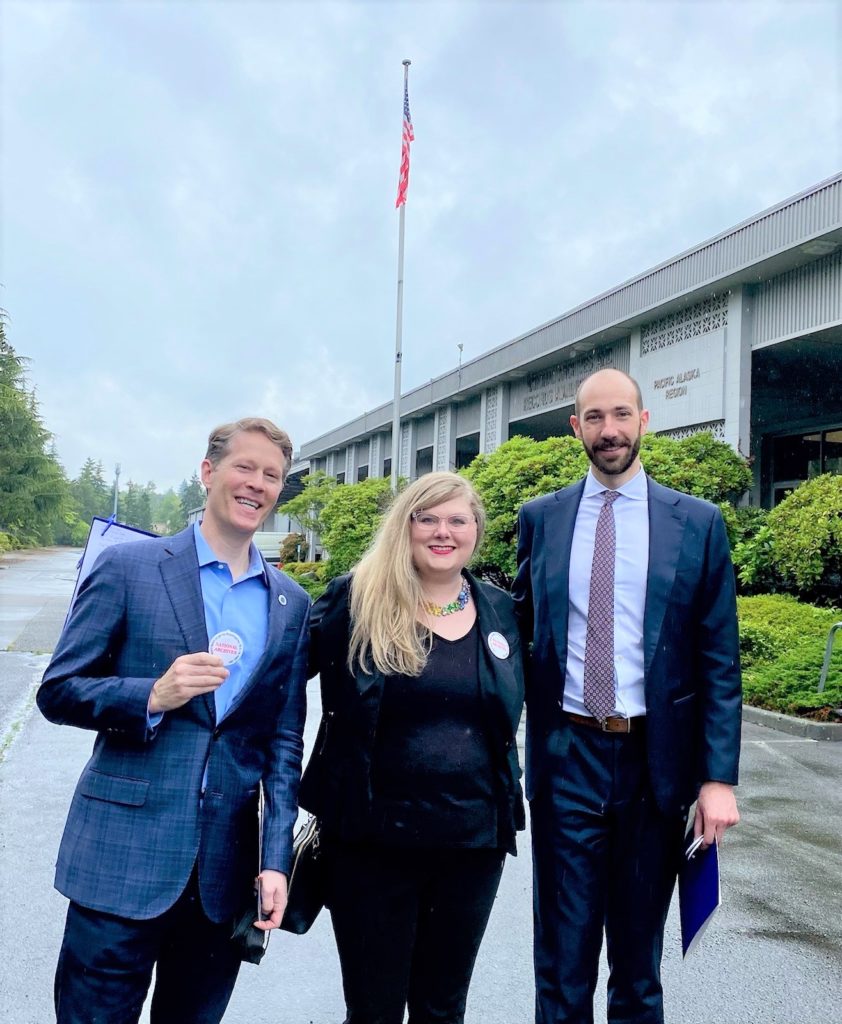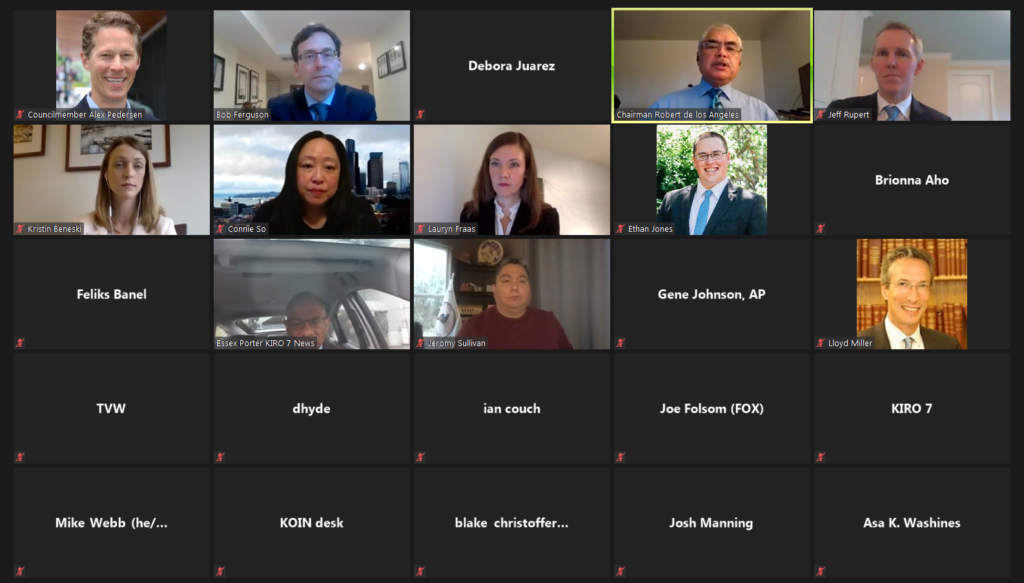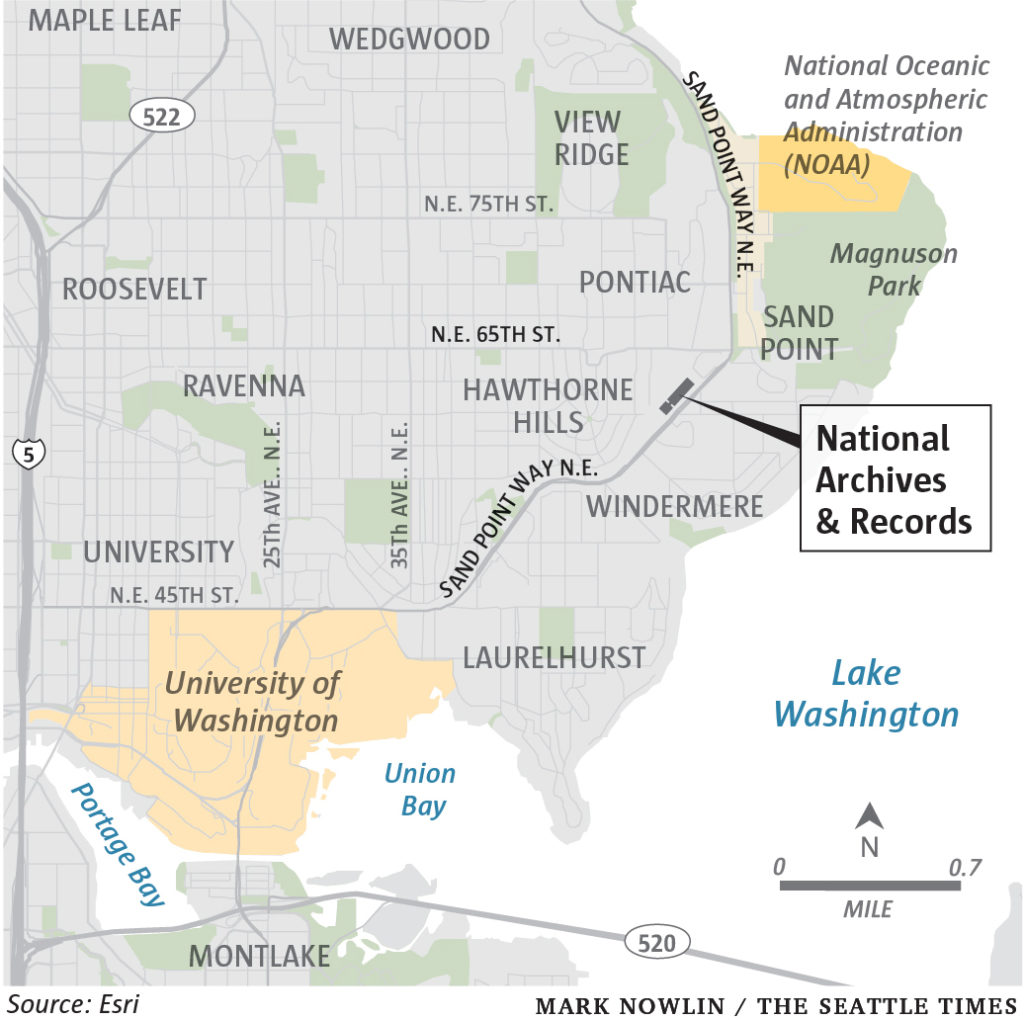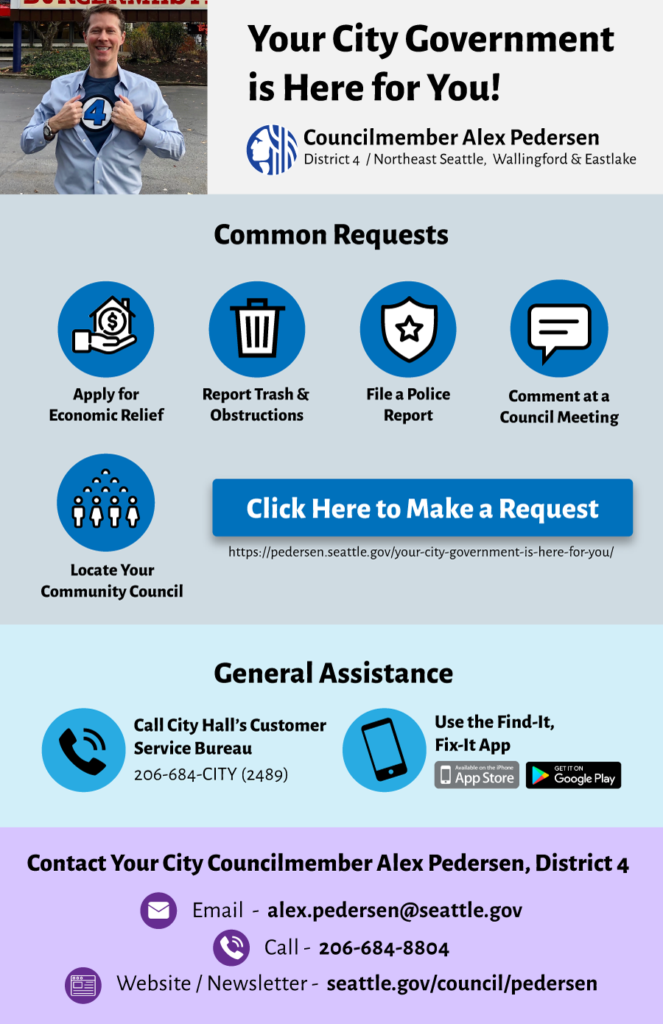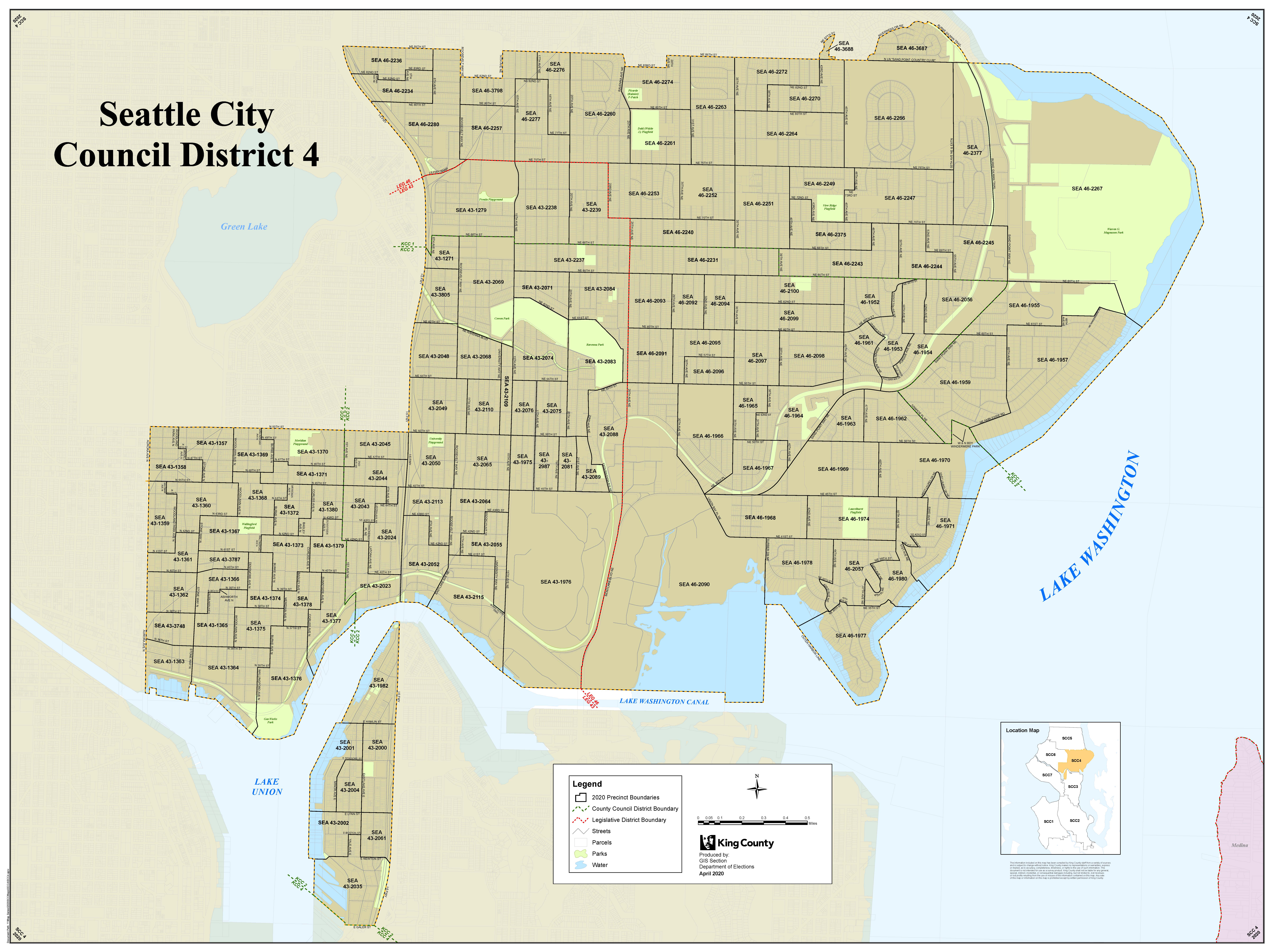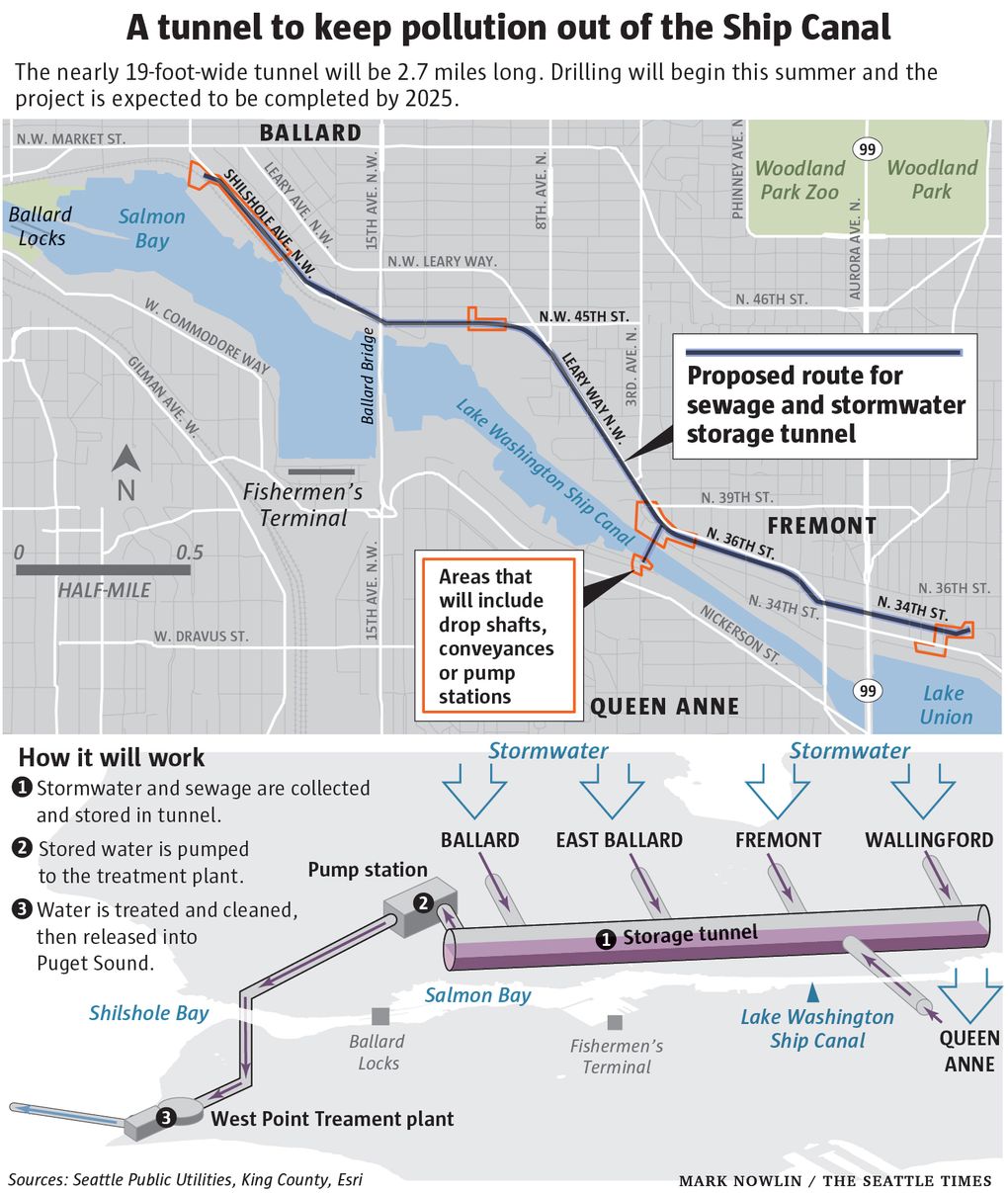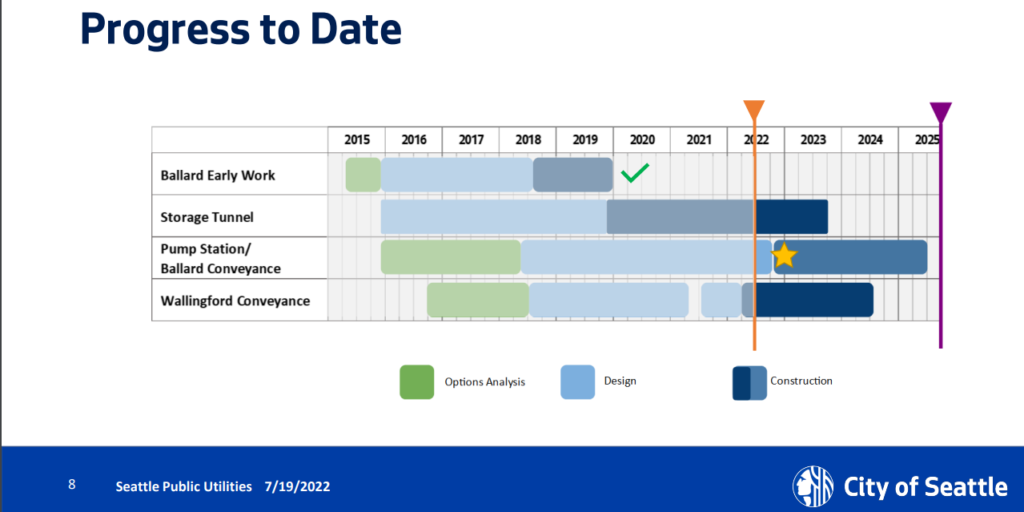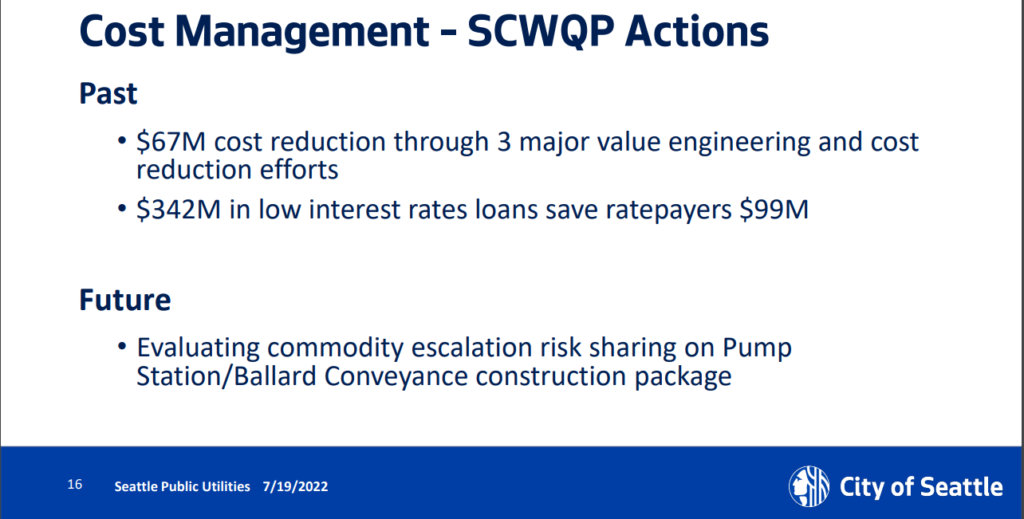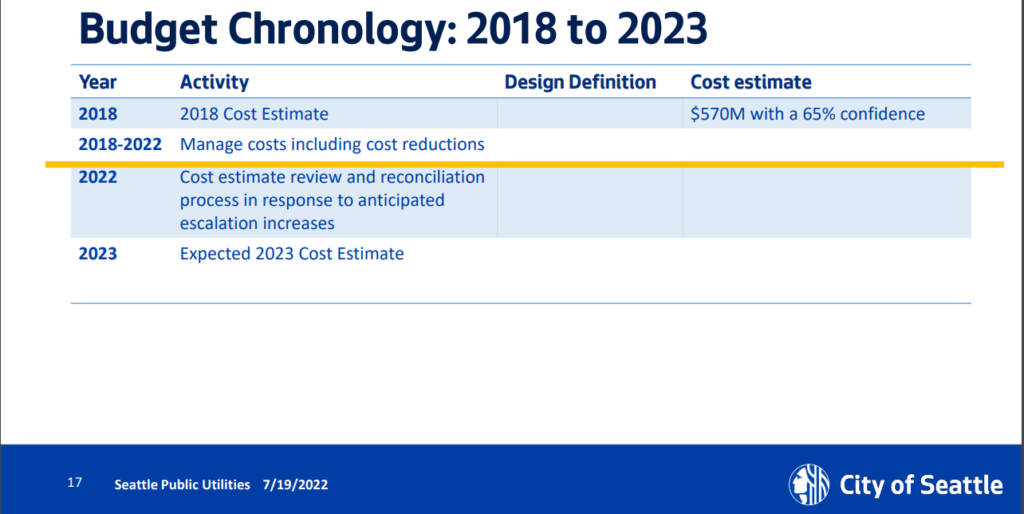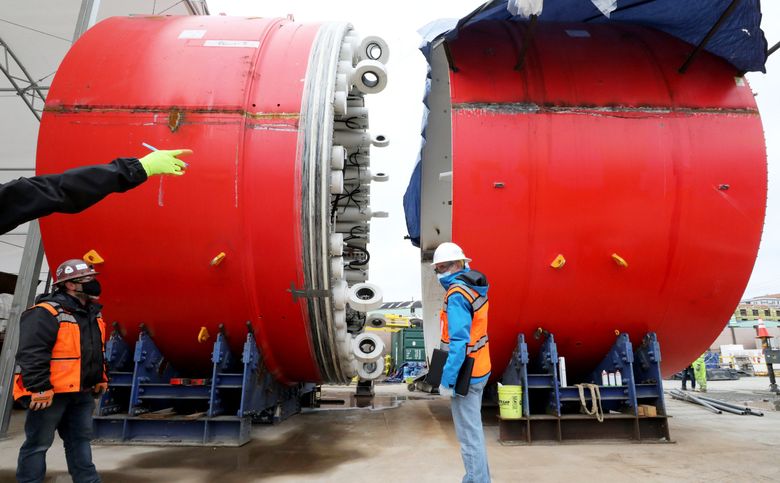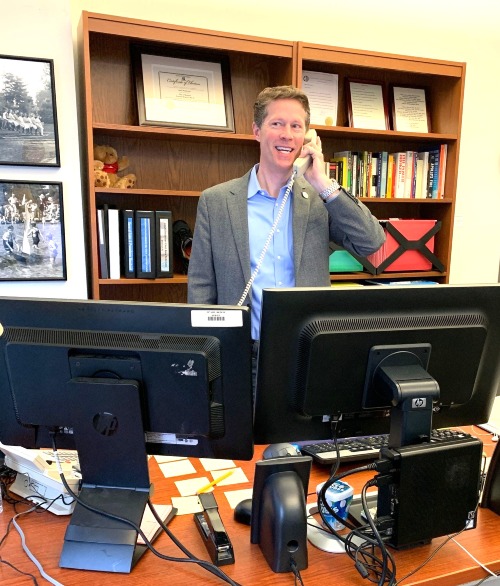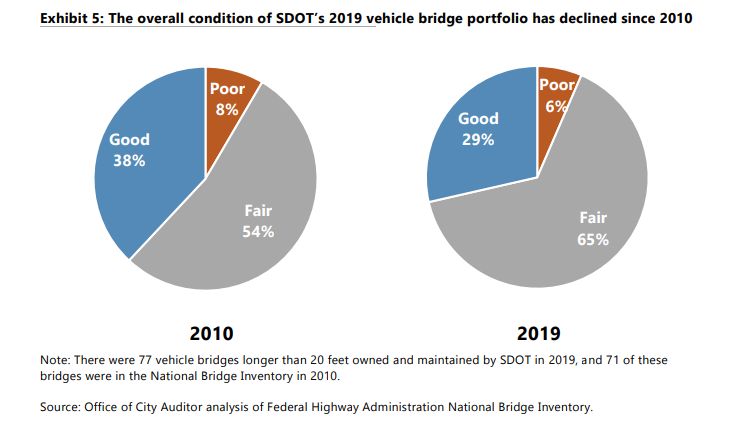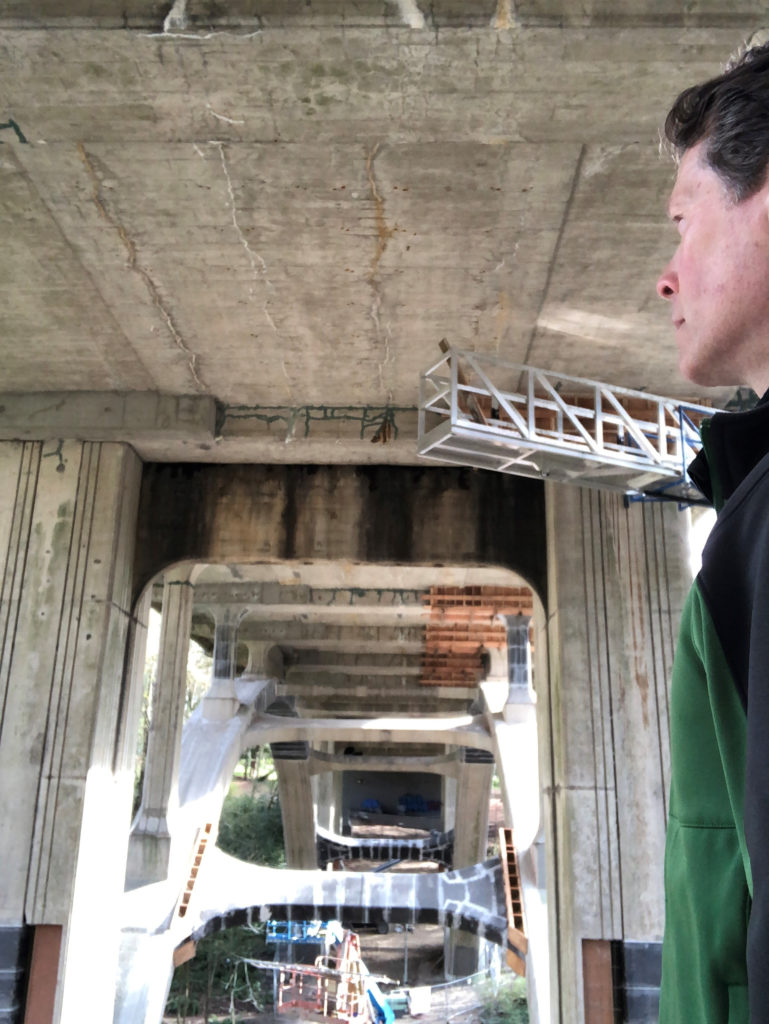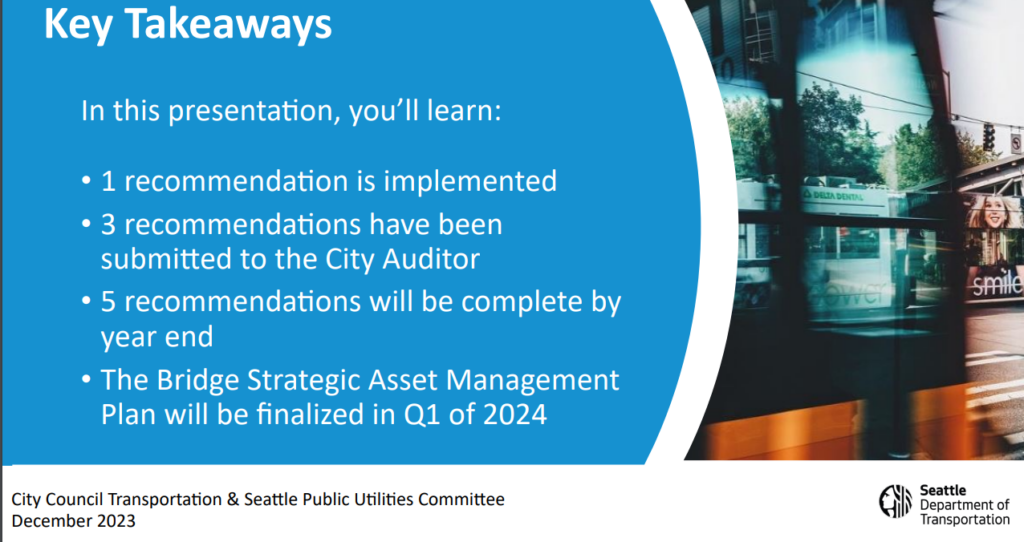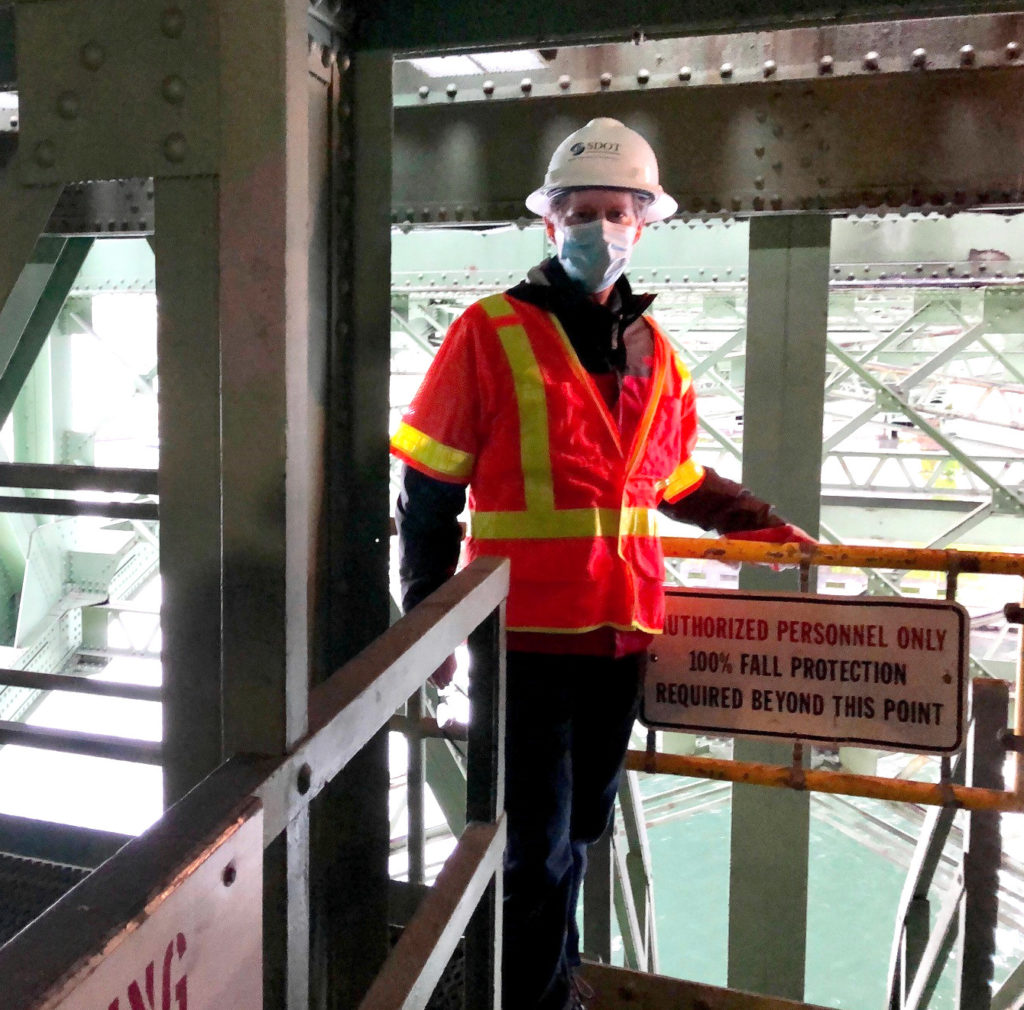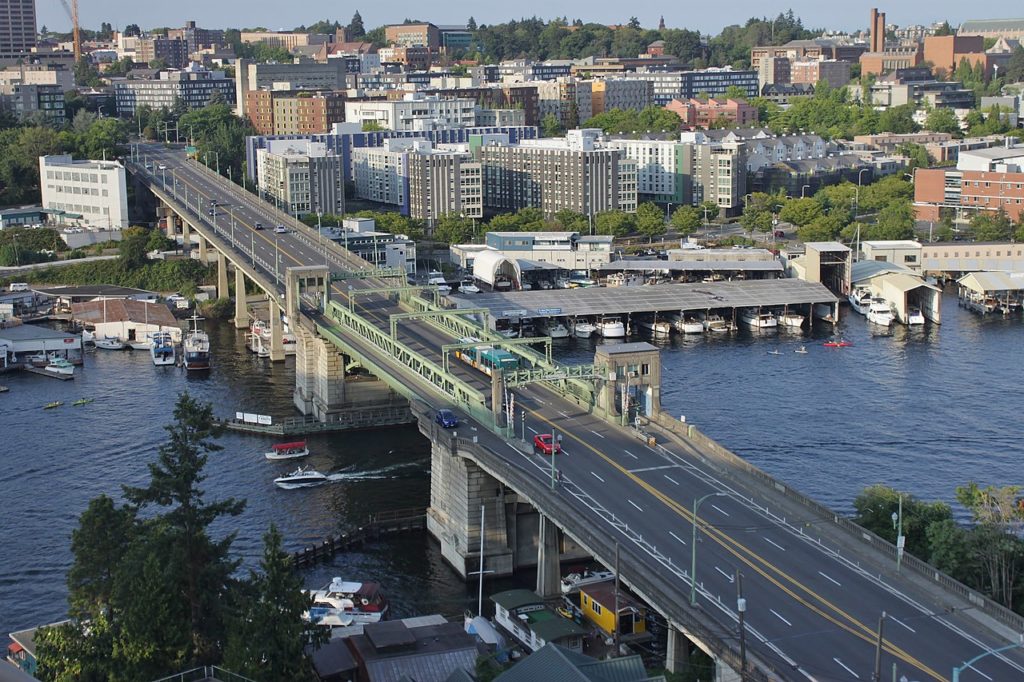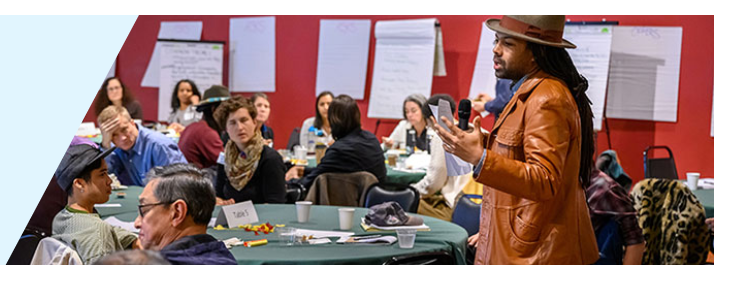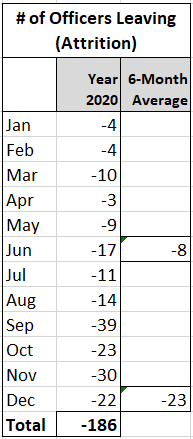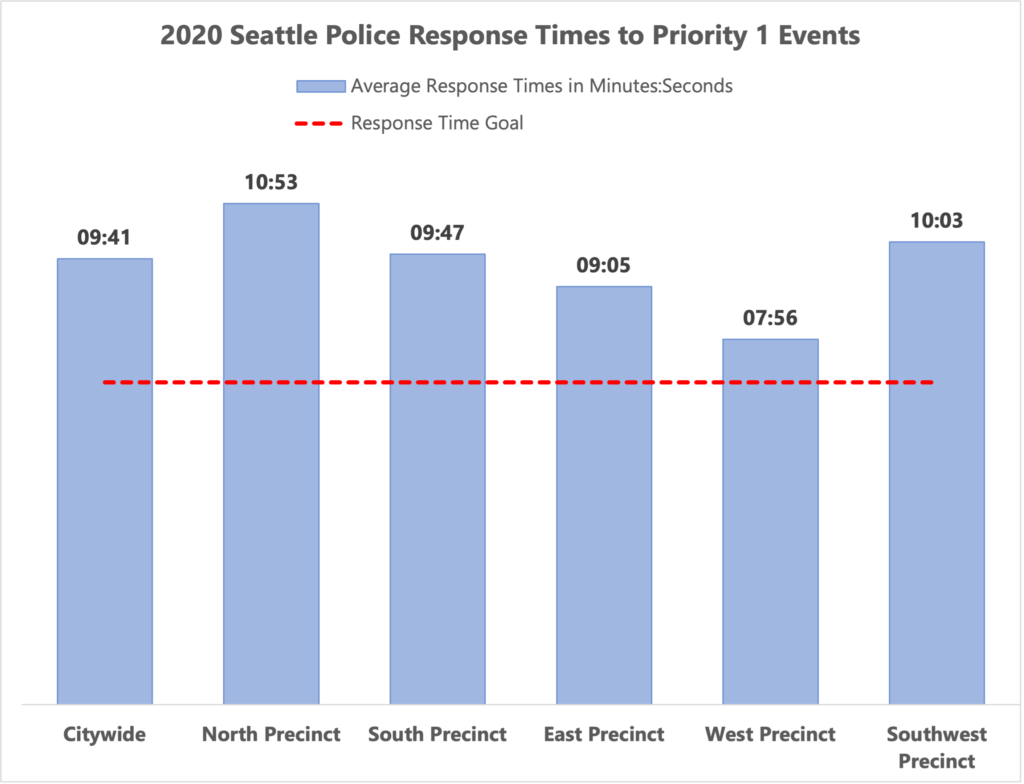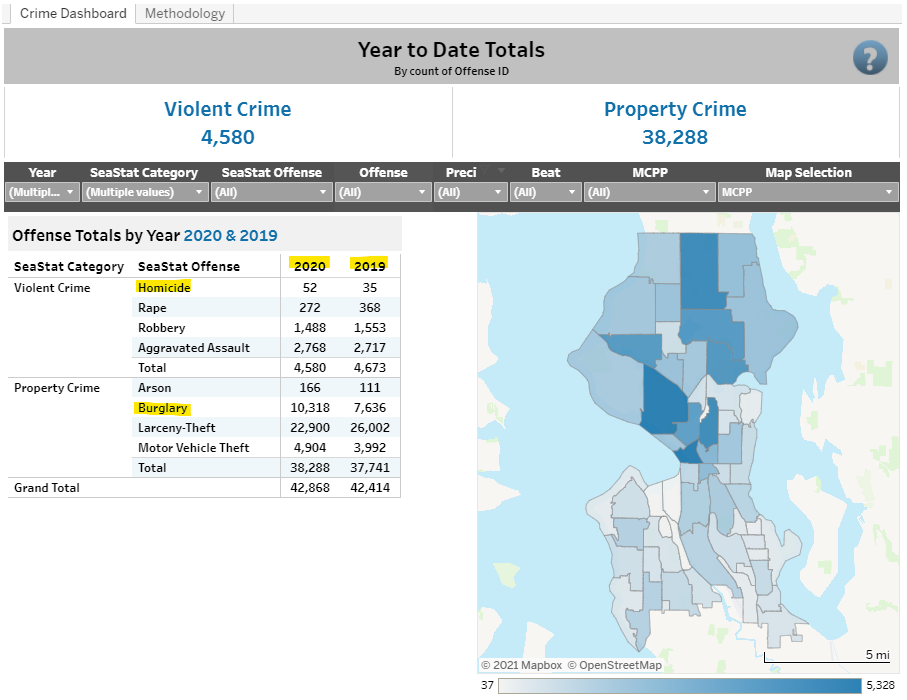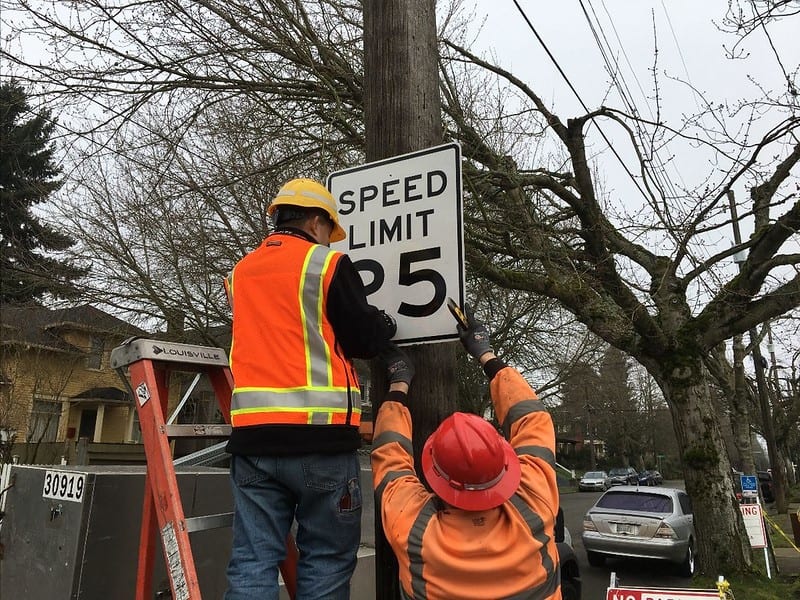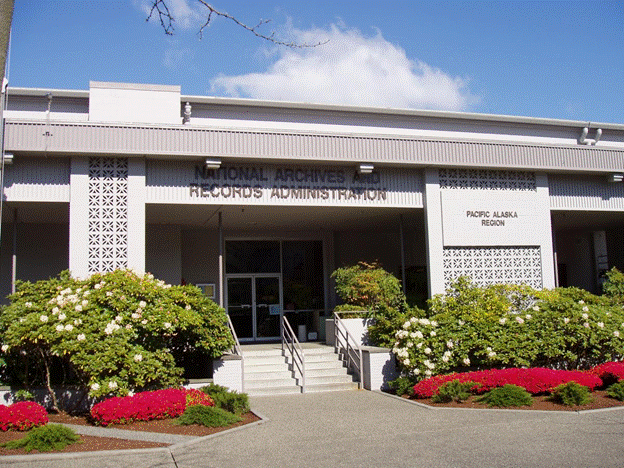Town Hall, Homelessness, Transportation, and More
April 27th, 2021April 2021
Friends and Neighbors,
I am excited to invite you to our next District 4 Town Hall on Tuesday, May 11 at 6:00 p.m.! To RSVP, please see below. This month’s newsletter also updates you about opening the new light rail stations in our District, saving the national archives facility, encouraging safety at Magnuson Park, leveraging dollars to boost our aging infrastructure, volunteering to build the new Tiny Home Village for those experiencing homelessness, finding COVID vaccine locations, and more.
DISTRICT 4
Virtual District 4 Town Hall – Tuesday, May 11, 2021 from 6:00 p.m. to 7:30 p.m. Please join our District 4 office for our Spring 2021 virtual Town Hall. We have invited Human Services Department Director Helen Howell to share the City’s strategy for homelessness, even as we shift toward a more effective regional approach to this regional crisis. We will also dedicate time to answer District 4 questions. To RSVP to this online event (and to submit questions about city government), CLICK HERE.
Light Rail Stations at Roosevelt and University District Opening October 2.
Councilmember Pedersen enjoying a Gyro from Cedars of Lebanon on the refurbished NE 43rd Street at Brooklyn Ave NE with Sound Transit’s new “University District station” in the background. The understated architecture belies the massive engineering project buried deep beneath the neighborhood that is a game-changer for improved mobility in Seattle. Seamless bus transfers will be the main challenge and King County Metro confirmed for me they will be ready to respond to a surge of transit rider feedback.
The countdown is on! Sound Transit has announced that the University District, Roosevelt, and Northgate light rail stations (funded by the Sound Transit 2 measure enacted by voters in 2008) will open on October 2, 2021. Earlier this month, I toured the reconfigured Brooklyn Avenue and the almost completed re-do of NE 43rd Street which leads into University of Washington’s campus. I continue to share the concern of 20 environmental and community organizations about the decision transportation officials made a few years ago to narrow Brooklyn Avenue which, unfortunately, impedes access for most buses. Ideally, Brooklyn Avenue would have remained wide enough to accommodate most buses and provide seamless transfers from bus to light rail. As all the light rail stations open, our Seattle Department of Transportation will need to stay tightly coordinated with King County Metro to adjust bus routes based on rider feedback for the thousands who will be transferring from bus to light rail. But, overall, the opening of these stations just 5 months from now is great news and will be a positive game-changer for mobility for our growing city.
Click on the images below to fly above and below District 4 and see the construction!
Winning the Battle: National Archives Sale Canceled – For Now.
Photo from the LA Times
Thankfully, the Biden Administration canceled the sale of the archives facility– for now.
Here is the statement I issued when the good news was announced April 8 regarding the national archives facility located in our District 4 and serving the entire region:
“I applaud the Biden Administration’s recent decision to cancel the hasty and irresponsible sale of the national archives and records building, a treasure of histories so vital to so many people in the Pacific Northwest. I am thankful for the strong leadership by our Washington State Attorney General Bob Ferguson, the many tribal leaders, our congressional delegation, researchers, nonprofits, and other stakeholders who advocated for our shared goal of protecting the histories here where they happened in the Pacific Northwest. Now I hope the Biden Administration and congressional leaders invest the federal dollars needed to preserve the historic archives here in the Pacific Northwest where they belong and, regardless of next steps, we look forward to a proper public process and the required tribal consultation.”
— Councilmember Alex Pedersen
Here’s what happened: President Biden’s Acting Director of the U.S. Office of Management and Budget (OMB) issued a letter to the Public Buildings Reform Board today stating, “I am writing to withdraw OMB’s January 24, 2020 approval of the sale of the Federal Archives and Records Center, 6125 Sand Point Way NE, Seattle, WA 98115…Tribal consultation is a priority for this Administration… But the process that led to the decision to approve the sale of the Federal Archives and Records Center is contrary to this Administration’s tribal-consultation policy…Any effort to sell the Federal Archives and Records Center in the future, through any available and appropriate authority, must comply with at least two substantial requirements. First, it must be preceded by meaningful and robust tribal consultation, consistent with the President’s January 26, 2021 Memorandum on Tribal Consultation. Second, it must proceed through the appropriate administrative process, based on a new factual record, and must comply with the attendant substantive and procedural safeguards of that process...”
For a copy of the OMB letter to PBRB, CLICK HERE. For more background from my blog, CLICK HERE.
Magnuson Park Crime Prevention Tour.
On Thursday, March 25, 2021 I was joined by residents and nonprofits who call Magnuson Park home for a public safety-centered tour in response to a recent uptick in crime. We were joined by members of the SPD’s Crime Prevention Unit who shared ideas for mitigating these occurrences. There is much work to do to get our city departments to be more responsive here.
Honoring the Workers at the Wedgwood QFC.
Photo from Seattle Times
Photo from Seattle Times

I was invited by the event organizers to participate and here are my prepared remarks:
- I want to thank the grocery workers for serving the community for so many years — and especially during this hazardous time during the COVID pandemic.
- I want to thank both the community leaders who organized this thoughtful event and the union for their ongoing support of these workers.
- Today’s event is another reminder of how much the community cares about its neighborhood businesses.
- As we emerge from the COVID pandemic, we need to make sure every neighborhood has businesses that not only thrive, but also care about the community.
- Thank you, everyone, for being here today.
I think we can all agree we were disappointed by the Kroger company’s decision to shut down the wonderful grocery store. But that out-of-state company made their decision. As someone with business experience, I believe the company’s attempts to blame their decision on a temporary City Hall law that benefits workers during COVID doesn’t hold water. That’s, in part, because that corporation was sitting on $2 billion in cash which is on top of the substantial profits they earned in 2020.
On a positive note, I spoke to QFC earlier this week and they confirmed that there are no layoffs; all the workers who wanted to stay with QFC have a transfer to another store already lined up with no loss in benefits.
I think Kroger’s made a bad business decision to leave this amazing community with its generous customer base and I look forward to welcoming a new store with open arms.
I personally contacted several different grocery store owners to pitch the neighborhood to them. I’m also in contact with the owner of this entire shopping center so they know I’m available to help to attract a new anchor tenant here. Wedgwood is wonderful and it’s open for business! Also check out the other fantastic small businesses near this location (35th Ave NE and NE 85th St): The Wedgwood Broiler, Van Gogh Coffeehouse, Wedgwood Hair Studio, Tropical Berry, Blue Poppy Floral, Wedgwood Ale House, and many others.
For the recent Seattle Times article about this QFC location, CLICK HERE.
Sand Point Way Pedestrian Safety Improvements.

I am pleased to share the good news that the critical sidewalk and crosswalk improvements I helped the community fight for along Sand Point Way and Magnuson Park will be underway soon. Thanks to the ongoing community input, led by the Magnuson Park Advisory Committee. To read more, CLICK HERE.
Earth Day in District 4: A Reminder That a New Tree Protection Ordinance is Long Overdue.
Councilmember Pedersen (photo on left) on Earth Day visiting a large conifer tree in North Seattle that our Seattle Department of Construction and Inspection approved for removal, allowed by a loophole in current law. He then visited another group of 3 large locust trees (or is that his cranky twin brother?). Unfortunately, the real estate developer had already ripped them out and replaced them with tiny trees. It was a good reminder that replacement trees will take decades to grow to produce the same environmental and health benefits of the trees ripped out. So, it’s ideal to do a much better job protecting the larger trees when we can.
We call ourselves the Emerald City within the Evergreen State and yet our current laws have many loopholes that enable the removal of scores of trees each year, including healthy, large conifer trees that city law defines as “Exceptional.” Trees provide numerous benefits including carbon sequestration, absorption of rainwater to reduce harmful runoff into Puget Sound and Lake Washington, shade for cooling during the warmer months, and proven health benefits. The bigger the tree, the better. As we take a long overdue, serious look at racial injustice issues, we know some communities of color have fewer large trees and are having them removed more often. As far back as 2009, our City Auditor determined that fractionalized management of trees and urban forestry issues was a major problem for the City of Seattle and recommended consolidation. Instead, the City for eleven years has continued to try to make a multi-departmental approach to tree management work. As it has boomed with development, Seattle has struggled to prevent continued loss of significant numbers of large trees and reduced tree canopy area. Our city government’s oversight to protect trees is not only fractured, but also weak. Last fall, I proposed two budget provisions to improve Seattle’s management of its urban forest resources: A budget “proviso” to withhold funds from the Seattle Department of Construction and Inspections (SDCI) if it didn’t deliver an updated tree ordinance to the City Council by mid-2021 as required by Resolution 31902. Unfortunately, my colleagues did not support the proviso and the process for delivering the tree protection ordinance has slowed. My staff and I will be carefully monitoring the City’s actions on these important environmental and equity issues – and may take legislative action sooner if we continue to see excuses instead of progress.
New Fire Department/Human Services Mobile Team to Serve University District.
On Tuesday, April 13, 2021 I joined Mayor Durkan and Seattle Fire Department Chief Scoggins to welcome to District 4 a new team called “Health One.”
“We know we need to expand our response to people experiencing homelessness and distress on our city streets and so I applaud the Durkan Administration for expanding this pilot program that combines firefighters and case managers from our Human Services Department to prevent more expensive and dangerous situations throughout Seattle. Our shared goal in the University District and throughout Seattle is a more effective intervention that proactively links each person who is in crisis on our streets to the essential mainstream services they need rather than reacting and sending them to expensive visits to emergency rooms or, worse, the criminal justice system. This new “Health One” mobile team is an important piece of our overall response to homelessness which we need to scale up to deal with the scope of this regional crisis.”
— Councilmember Alex Pedersen
HOMELESSNESS SERVICES
Volunteer to Build the New Tiny Home Village in our District!

Construction on “Rosie’s” village starts mid-May with socially distanced volunteer work parties organized by the Low Income Housing Institute in mid-May. To volunteer or donate, email tinyhouses@lihi.org. If you have questions about the village, email Homelessness@seattle.gov to reach city government staff. To view a recording of our April 15 community outreach meeting, CLICK HERE. The new village, which will be home to 30 to 40 units of shelter, will begin accepting residents in July and remain open for approximately two years. People experiencing homelessness can be referred to the village through the new “HOPE” team, which is the new de-centralized replacement of the Navigation Team. For more, CLICK HERE.
Charter Amendment Proposed. As you may have read in media reports, a proposed amendment to our City Charter was filed by a group that calls itself “Compassion Seattle.” I understand homelessness is a top concern and I am aware of the proposal, the revised version of which is available from the City Clerk’s website. This proposal is led by civic leaders outside City Hall, which means city government employees—including Councilmembers—are limited by ethics rules from using city government resources (including government phones, computers, or offices) from supporting or opposing such citizen-led ballot measures. We are, however, able to analyze the proposal in case voters choose to make the Compassion Seattle measure official city government policy and we may answer questions about the facts. For example, we have been asked about the timing and, if the proponents of this measure obtain enough signatures of support, it would be in front of voters for their decision this coming November. While we cannot support or oppose such citizen-led ballot measures in official government publications, we may make personal statements separately to the public, which may be warranted when more information is available. (Note: This paragraph was approved by the Executive Director of the Seattle Ethics & Elections Commission.)
Originally labeled as Charter Amendment 28, the proponents resubmitted it with several revisions (including the addition of a sunset date to end it in 6 years) and the City Clerk re-numbered the proposal as Charter Amendment 29.
PUBLIC SAFETY
State Police-Reform Legislation. As we have reached the end of this year’s State Legislative Session in Olympia, we can finally take stock of which police reform proposals were adopted by our state government officials. Here are several bills awaiting Governor Inslee’s signature:
- HB 1054 prohibits choke holds, prevents police from obtaining certain military equipment, outlines parameters for car chases and search warrants, and provides strict guidance to no-knock warrants and the utilization of tear gas.
- HB 1267 creates the Office of Independent Investigations in order to investigate police incidents such as lethal force and sexual assaults separately and without bias.
- HB 1310 establishes a better standard for when police can use force. It also implements more de-escalation tactics so police do not have to use force in the first place.
- SB 5051 makes it easier to decertify police officers for bad acts and requires departments to conduct broader background checks for officers before hiring them—including checking with previous departments for any discipline history or misconduct investigations.
- SB 5066 requires an officer to intervene when witnessing a fellow officer engaging in excessive force.
Best Police Reform Measure Did Not Pass this Year – SB 5134. While it appears there will still be significant statewide police reforms signed into law by Governor Inslee, it is a shame SB 5134 did not advance. At the state and city levels, we need to eliminate a complex arbitration appeal process that has historically allowed police officers who committed misconduct to be reinstated to their jobs. Instead, a much weaker SB 5055 passed which preserves arbitration even though police workers are different because they carry a gun. The Seattle Times published editorials supporting SB 5134. (For the February editorial CLICK HERE and for the April editorial CLICK HERE.) SB 5134 was also supported strongly by the ACLU and me, and I hope to see it back again next year. If the stronger reform bill SB 5134 had received more support from other State legislators, city officials, and interest groups, then our labor negotiators here in Seattle would be better equipped to revamp our police union contract that expired several months ago.
No More Excuses for Not Revamping the Inflexible and Expensive Police Union Contract. I will continue to implore my colleagues not to cut more from our public safety systems until we have effective alternative plans and programs in place and to focus instead on revamping the inflexible and expensive police union contract that expired in December 2020. We can have more meaningful reform and the same # of officers if the police union contract is revamped.
Community Police Commission Tracker.
I am pleased to share a new police oversight engagement tool this week introduced this week by the Community Police Commission (CPD). The CPC Recommendation Tracker allows anyone to see what recommendations this citizen-driven panel has made to the Seattle Police Department and which have been adopted. This tracker serves primarily to hold the City accountable to the community. Additional purposes include fulfilling the CPC’s legislative mandate, allowing for more informed communication among system partners (CPC, the Office of Inspector General, Seattle Police Department, and Office of Professional Accountability) and the community.
Annual Academic Survey of Seattle Residents Regarding Public Safety. The Seattle Times researcher (“FYI Guy”) published results and analysis of the annual public safety survey of Seattle residents conducted by Seattle University’s Crime & Justice Research Center led by Dr. Jackie Helfgott. The article is titled “How confident are Seattleites in their police? Results of the survey surprise lead researcher.” Here’s an excerpt from the article:
“Last year’s protests on police violence were largely focused on police mistreatment of people of color. Because of that, you might expect that the lowest score for police legitimacy would be in the South Precinct, which is the most racially diverse section of Seattle. But the police legitimacy score for this precinct was only a fraction below the citywide average, at 57.9.
“In fact, Helfgott’s analysis shows that white respondents rated police legitimacy lower on average than any other racial/ethnic group, at 57.5 (Black respondents rated police legitimacy at 61.3). Younger people also ranked police legitimacy lower than older people, and women gave the police lower scores than men, on average.
“By far, the lowest score was in the East Precinct, at just 50.4. The East Precinct contains the Capitol Hill neighborhood, which was the site of many of the Black Lives Matter protests, and where the autonomous zone’ was established.”
For the full article, CLICK HERE.
TRANSPORTATION AND UTILITIES COMMITTEE
Opportunity to Invest in Our Aging Infrastructure– Including Bridges that Connect Everyone.
As Transportation Chair, Councilmember Pedersen talks with King 5 News on the aging University Bridge in District 4 which carries buses and other vehicles as well as bicyclists and pedestrians — in addition to lifting up and down to allow larger water vessels to pass underneath.
To provide more funding for transportation needs, the City Council approved a $20 vehicle license fee as part of our fall budget process. While four Councilmembers (including me) were ready to invest all of those funds into bridge maintenance to address the disturbing findings of our City Auditor who summarized the deteriorating condition of our city’s aging bridges, a majority of Councilmembers directed SDOT to establish a process to solicit ideas from selected stakeholders. I want to extend my thanks to our Seattle Department of Transportation (SDOT) and the stakeholders SDOT selected for their ideas on how to invest $7 million each year.
To boost jobs as Seattle emerges from the COVID pandemic’s economic recession and to get more money out the door and into the community faster, Councilmembers Lisa Herbold, Andrew J. Lewis, Teresa Mosqueda, and I proposed an amendment to Council Bill 120042 to implement SDOT’s plan for 2021 and then to have SDOT come back in September with a bolder plan to generate $100 million in bonds to help modernize our aging transportation infrastructure in 2022, with an emphasis on multimodal bridges. We issued this joint statement:
“We appreciate the Seattle Department of Transportation convening community partners to offer ways to invest the expected funds from the $20 vehicle license fee authorized by the City Council. They have crafted a thoughtful 2021 spending plan that we should implement immediately. At this critical juncture, when we seek to build back better after the Covid-19 crisis, we must also think bigger and bolder with this opportunity. We should supercharge the VLF dollars by financing $100 million in bonds in 2022 and take on the too-long-delayed task of fixing our city’s aging multimodal bridges and modernizing Seattle’s transportation infrastructure while creating good, living wage jobs. Our bridge audit showed so many bridges in poor condition and illustrated the economic benefits of frontloading government resources. By leveraging these dollars we can finally commit to a strategy of significant timely investments rather than piecemeal fixes. In a city carved by waterways and ravines, we rely on bridges to support all modes of transportation that connect us and keep our economy moving. We have a duty to stop kicking the can down the road, and now we have an opportunity to go bigger and bolder to build back better.”
— Councilmembers Herbold, Lewis, Mosqueda, and Pedersen (April 19, 2021)
More Support: Councilmember Debora Juarez signed on as a co-sponsor of the infrastructure amendment during our discussion at the Transportation Committee last week.
A coalition of construction labor unions strongly support our amendment, including Billy Hetherington (Political Director for Laborers Local 242), Pedro Espinoza (Pacific NW Regional Council of Carpenters), and Heather Kurtenbach (Political Director for Ironworkers Local 86). Nicole Grant, the head of MLK Labor also announced her support of our amendment at our Transportation Committee April 21:
“I want to weigh in in favor of the bonding to fund our bridges here in the city of Seattle. I know it’s expensive; it’s among the prices we pay for having a beautiful city full of hills and waterways. It’s not something we can ignore. We are lucky also to have the best targeted Local Hire policy in the country to make sure that the employment to repair / to replace this infrastructure gives back to the community and hires people that could really use a strong career advantage — including formerly incarcerated workers — and to make sure that everybody has health insurance for their family and apprenticeship to learn a skill that’s going to last their whole life. So support it — I think it’s a good decision — a good use of the money. Thank you.”
— Nicole Grant, head of the MLK Labor Council (April 21, 2021)
Local business leaders also support the amendment. Executive Director Erin Goodman of the SODO Business Improvement Area said, “SODO is the industrial heart of Seattle, and during COVID-19 we have seen how many essential businesses are located here including food and supply distribution, PPE manufacturing, and more vital activities. Increased funding to fix our bridges now is necessary to support these essential businesses and their operations throughout our region.”
The Seattle Times editorial board added their support April 26. For their editorial CLICK HERE.
“The sorry state of many Seattle bridges is an aching infrastructure need deeper than most others. The city ought to take advantage of economic good timing to make a big investment in bridge repair now before more neighborhoods experience West Seattle Bridge-style prolonged emergency closures.
Seattle should leverage the $20 vehicle fee increase the council approved in November to issue bonds for bridge repairs, as City Council members Alex Pedersen, Teresa Mosqueda, Lisa Herbold and Andrew Lewis proposed. A fifth council member, Debora Juarez, has voiced support too. The rest of their colleagues should agree to this prudent fiscal maneuver.
…the council would be wise to advance the bonding-for-bridges proposal to address these pressing local needs for safety and the economy.”
— Seattle Times editorial board (April 26, 2021)
Leveraging these dollars to generate $100 million in bonds has several advantages over SDOT’s current plan. Rather than allocating the funds in several small pieces each year over several years, bonding will provide a large sum upfront to obtain more of what we need for our city’s infrastructure when we need it – now. Bonding should also protect the VLF from future attempts to cancel the fee, because those future dollars will be encumbered upfront.
Needs: In addition to the dollars needed to restore the West Seattle High Bridge, Seattle’s aging bridges have the following immediate needs:
- $20 million to $88 million more annually for bridge maintenance. (Annual maintenance needed is $34 million to $102 million, per the City Auditor’s report on bridges. Mayor Durkan’s proposed budget for 2021 provided only $10 million among four line items and Council increased it to $14 million.) Bridges ranked poor by the audit include the 2nd Avenue South extension bridge.
- $8 million for our City’s older bridges that have aging moveable parts (such as the University, Ballard, Fremont, and Spokane bridges). When draw bridges / bascule bridges / swing bridges get stuck, they prevent all modes of transportation — including buses and bikes — which could impede Seattle’s fragile economic recovery.
- Millions to start the seismic retrofits of 16 Seattle bridges, including $32 million for Ballard, $29 million for Fremont, and millions to seismically upgrade the 100-year old University Bridge.
- Millions to leverage other sources of funding to replace the 90-year-old Magnolia Bridge, which is part of the Ballard-Interbay Regional Transportation corridor.
Another Seattle bridge stuck in the up position.
We need your help to pass our infrastructure amendment! If you support our proposal to boost our city’s infrastructure, including bridges that support all modes of travel, please…
- EMAIL all nine Councilmembers: Council@seattle.gov
- SPEAK at my Transportation Committee (sign up on the morning of Wednesday, May 5): CLICK HERE.
In your comments, feel free to focus on the following points:
- We need City Council to modernize our aging, neglected infrastructure — including multimodal bridges that connect our communities.
- We want City Council to create good jobs for Seattle residents as we emerge from the COVID recession.
- City Council should secure for Seattle more of what we need now: fixing bridges, new sidewalks, strategic planning for transportation, and more.
- The amendment still honors SDOT’s process by implementing recommendations from the stakeholders immediately AND by generating tens of millions of dollars for similar projects faster.
Thank you!
CLICK HERE to read our press release and HERE to read a Seattle Times article about our proposal. For the Seattle Times editorial in support, CLICK HERE.
Visit to the Iron Workers Apprenticeship Program.
These future Iron Workers will be fixing our bridges in years to come.
During my tour of the Iron Workers Local 86 apprenticeship program, I learned about the four years of training the union provides future Iron Workers. I met with apprentices in each of the four years of their program. With the help of sponsors such as the Urban League, the Iron Workers apprenticeships and other apprentice programs from the construction trade unions are a powerful path to living wage jobs in Seattle and can boost the prospects of many young people struggling with other issues in their lives. It was inspiring to see this program in action and to know that by getting infrastructure dollars out the door faster, we can have jobs ready for them when they become full-fledged iron workers.
Making Metro Buses Accessible for Back-to-School. The Seattle Times recently published an Op-Ed from Terry White, General Manager of King County Metro, on students taking the bus as they return to school. CLICK HERE to read it. I wanted to share some of the General Manager’s excellent thoughts:
- Plan ahead for your new commute with Metro Trip Planner (CLICK HERE), using Google Maps in transit mode, or calling 206-553-3000 (dial “1” for an interpreter).
- Keep your mask on at all times at the bus stop and on the bus.
- Leave some extra time in case your bus is too full for safe physical distancing; you might need to wait for the next bus.
I’ll add one more tip: remember to thank your driver! Thank you, General Manager White and King County Metro, for helping students stay safe on their way to school.
Extending the Clean City Initiative.
We cherish our parks and so I’m pleased to see our Clean City Initiative working hard to remove graffiti, garbage, and needles. Litter and illegal dumping have increased in our beautiful city during the pandemic and we all want to see a cleaner Seattle. To see the benefits of the Clean City Initiative firsthand, I joined a crew to pick up trash in the heart of our district several weeks ago. The challenge is enormous, but having multiple departments – including Seattle Public Utilities and our Seattle Department of Transportation — working together to clean up our city is the kind of back-to-basics approach Seattle desperately needs. Funding for the Clean City initiative is running out, so I was pleased to support its extension as part of Council Bill 120041, which we adopted this week. Our Parks Department also plays a key role in the Clean City Initiative and so I’m grateful for leadership of both the Durkan Administration and Councilmember Debora Juarez along with our Finance Chair Teresa Mosqueda for making sure we fund this extension to clean our city. For more on the Clean City Initiative, CLICK HERE.
Utility Rates – Keeping Promises on Affordability.
Source: SPU’s presentation to our Transportation & Utilities Committee, CLICK HERE.
Last month we were happy to report that Seattle City Light, which is overseen by my Committee, is keeping electricity bills affordable by honoring or beating their 2018 promises on rates. This month, I’m happy to report that our other city-owned utility Seattle Public Utilities (SPU) is honoring or beating their promises on overall average rates, as well. During April, SPU reported to my committee on their new strategic business plan and “rate path” (future annual rate increases). For details, CLICK HERE.
Our city has become less affordable and utility bills are regressive, with lower income households paying a higher percentage of their household income for their bills. Therefore, our goal is to keep utility rates low.
Thankfully, during COVID, both of our city-owned utilities have managed to increase enrollment in our Utility Discount Program and waive late fees. We should, however, keep an eye, on some cost drivers, especially with SPU which has multiple lines of business including clean water, wastewater, solid waste removal.
Due to our governance structure with King County for wastewater treatment, a majority of the King County Council unfortunately raised their wastewater treatment fee — which is passed directly through to our Seattle ratepayers. We want King County to discourage urban sprawl and make growth pay for growth going forward, especially for real estate development in suburban or rural areas of the County.
Here at City Hall, we also have to be mindful of the “Utility Tax” that our City government’s General Fund takes from ratepayers. Last year, our General Fund took $167 million out of the pockets of ratepayers from City Light and SPU (page 705 of the Adopted Budget for 2021: $210 million minus cable, telephone, PSE). Charging this “utility tax” is a budgeting technique that Councilmember Herbold helped to daylight when she chaired the Committee that oversaw SPU and, thankfully, she increased transparency of our Utility Tax by highlighting it on customer bills. In the future, we should consider reducing the regressive utility taxes that we charge and enable SPU to use the savings to take care of its aging wastewater infrastructure.
In sum, despite the COVID pandemic, despite the high pass-through rate from the King County Council for wastewater treatment, and despite the regressive utility tax that we charge ratepayers to feed our General Fund expenditures, SPU’s laser focus on affordability and equity by keeping its own costs down is a shining example to all city departments and directly benefits hundreds of thousands of ratepayers who, thanks to this Strategic Plan and revised rate path will not need to suffer an average increase above what had already been planned and promised in 2017. It’s important to highlight that the Customer Review Panel for SPU has endorsed this new Strategic Plan AND its corresponding rate path. I want to thank the dedicated volunteers of our Customer Review Panel for their countless hours of service to Seattle as a watchdog and sounding board for this $1 billion city-owned utility enterprise.
COVID-19 VACCINATION LOCATIONS AND MORE
Vaccine Locations in District 4. Above is an interactive map of some of the COVID-19 vaccine locations in District 4. Click on an icon in the map to check for vaccine availability and schedule an appointment. CLICK HERE for the interactive version.
In addition to the sites on the map above, the nonprofit Solid Ground reports they’ve finally hosted their first pop up clinic earlier this month at Magnuson Park. In partnership with Seattle Cancer Care Alliance, it was a success (211 people were vaccinated) and they are in discussions to host another.
Our region and state continue to make incredible progress on vaccinations. The Durkan Administration reports that, as of April 23, 2021, an estimated 61.5 percent of Seattle residents (16 and over) have begun the vaccination process, and 34.7 percent are fully vaccinated. This week, the City received 52,000 vaccinations from the county, state, and federal level, which is our largest allocation to-date. If this level of supply and demand continues in Seattle, we could vaccinate 70 percent of our workers and residents by summer.
The City can’t end this pandemic alone – we need your help. If you haven’t already been vaccinated, sign up for a vaccination appointment today at any of the four City-affiliated sites at Lumen Field, North Seattle, Rainier Beach, and West Seattle.
Details are below:
- Registration link for the Lumen Field Event Center, Rainier Beach Vaccination Hub, and West Seattle Vaccination Hub: https://seattle.signetic.com/home
- Registration link for the North Seattle Vaccination Hub: https://schedule.seattlevna.com/home/3880509b-53a4-eb11-b1ac-000d3a1fea9b
- If you have already been vaccinated, you could help your friends, family, neighbors, and coworkers get vaccinated by sharing this link throughout your communities. To end this pandemic – and soon – we need to share registration opportunities far and wide: to our workforce, our neighborhood, and our friends and families. If you have any questions, the City encourages you to review our “What to Expect” website.
- And if you know someone 60 or older who hasn’t been vaccinated, you could take them to our hubs in Rainier Beach and West Seattle, and you’ll both get vaccinated without an appointment. You can find more information on our new “Good Neighbor” walk-in program here.
- Vaccines save lives. With more variants in our community, you can protect your health and the health of your family by getting vaccinated.
- If you’re unable to book an appointment this week, they can sign up for the City’s notification list and get notified via email as soon as appointments are available at any of the four City-affiliated sites.
- For more information, including the notification list, visit the City’s vaccination website at www.seattle.gov/vaccine. The site contains vaccination information in seven languages, and in-language assistance is also available over the phone.
- Even as more residents get vaccinated, public health measures like social distancing, wearing a mask, and washing your hands remain critical. Please continue to follow all public health guidance, and visit this website from Public Health – Seattle & King County for more information.
Finally, getting tested for COVID-19 is now easier than ever. You can be in and out of a test site within a half hour and get your results in as few as 24-48 hours.
We are making major progress, but this is a critical time to act and beat back any variants – let’s join together so we can finally emerge from this crisis!
WE WANT TO HEAR FROM YOU
City Council Meetings on the Internet
Listening: Even though City Council is not currently holding meetings in person in order to follow public health guidelines, you can still follow along by listening on your computer or phone by CLICKING HERE. You can also listen on your phone by calling 253-215-8782.
Commenting: You can also submit public comment by sending an e-mail to me at Alex.Pedersen@seattle.gov or to all 9 Councilmembers at council@seattle.gov. Please remember to add “For City Council Meeting” in the comments. Now you can also phone into the meeting to speak directly to the Council live. For the instructions on how to register and call in, CLICK HERE. Sign up begins two hours prior to the meeting start time.
Virtual Meetings with Your Councilmember Pedersen
I continue to schedule virtual in-district office hours, so we can chat by telephone or via Webex. Please continue to sign up through my website or by CLICKING HERE so I can hear your ideas, concerns, and requests. You can also just send an e-mail to alex.pedersen@seattle.gov
For previous e-newsletters, visit my blog by CLICKING HERE.
We are getting through this together, Seattle!
With gratitude,

Councilmember Alex Pedersen
Seattle City Council, District 4


